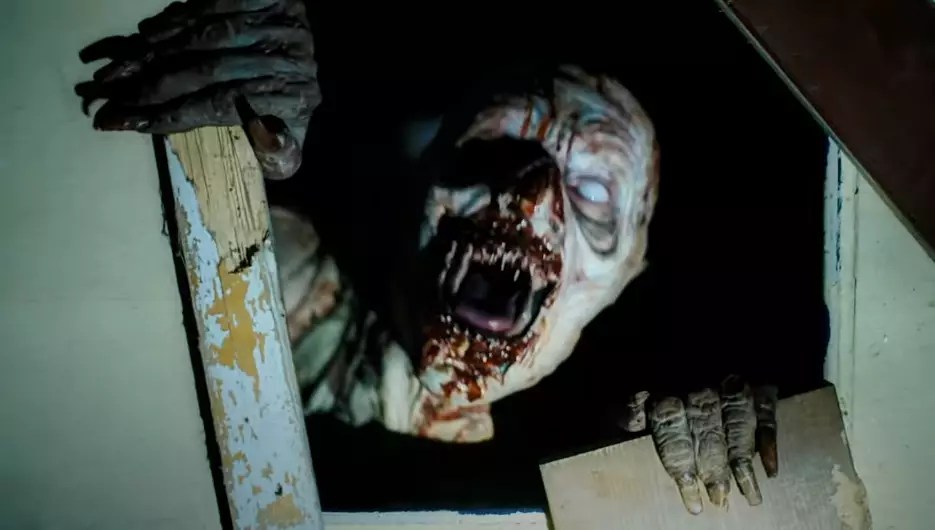In the tumultuous world of video game adaptations, few directors experience the extreme highs and lows faced by David F. Sandberg. The release of his recent film, *Until Dawn*, sparked a renewed interest not only in the project itself but also in the creative journey of the director. After the critical backlash of *Shazam: Fury of the Gods*, which turned out to be far more disastrous than anticipated, Sandberg found himself contemplating the future of his career in the realm of intellectual property (IP)-based films. His candid admission about receiving death threats highlights the intense pressure artists face in the current cinematic landscape—a volatile mix of fandom passion and extreme negativity.
The Power of the Narrative
What set *Until Dawn* apart from other adaptations was its inventive storytelling structure—a clever time loop mechanism that mirrors gameplay elements from the original video game. Sandberg’s enthusiasm for the script’s premise shows a commitment to engaging storytelling rather than blindly following a video game’s narrative. “I thought it was brilliant… you do kind of get that feel of the game,” he expressed, capturing the essence of interactive gaming that many adaptations often fail to embrace. This acknowledgement of the source material’s interactive nature allows the film to resonate with both fans and newcomers alike, creating a unique cinematic experience.
The Art of Adaptation
One of the most fascinating aspects of Sandberg’s approach is his thoughtful critique of direct adaptations. In a landscape where gamers frequently voice dissatisfaction with cinematic retellings, the notion of *Until Dawn* as an original story rather than a faithful recreation offers a refreshing perspective. Sandberg’s concerns over recreating the game maintain a broader truth; attempting to replicate an interactive experience in a linear format is often a recipe for failure. He astutely pointed out the potential backlash: “You’d just be in a losing situation.” This understanding of adaptation as not merely rehashing content but reinterpreting it is not only wise but also a much-needed approach in a genre plagued by pitfalls.
The Financial Gamble
Despite its artistic risks, *Until Dawn* carries a modest production budget of $15 million, suggesting that Sandberg’s venture into this cinematic universe is as much a gamble as it is a creative exploration. The prediction of a $10 million opening at the domestic box office reflects both the anticipation of the fan base and the cultural relevance of horror narratives today. Not only does this project serve as an emotional release for Sandberg but also positions him within a potentially lucrative corner of the film industry.
In a world where video game adaptations have often stumbled, Sandberg’s willingness to embrace risks while still honoring the source material is commendable. It emphasizes the need for artists to innovate within established genres, offering audiences something fresh rather than mere replicas of their beloved games. The reception of *Until Dawn* may just signal a turning point in how the film industry approaches such adaptations, transforming fear and expectations into a winning cinematic formula.


Leave a Reply